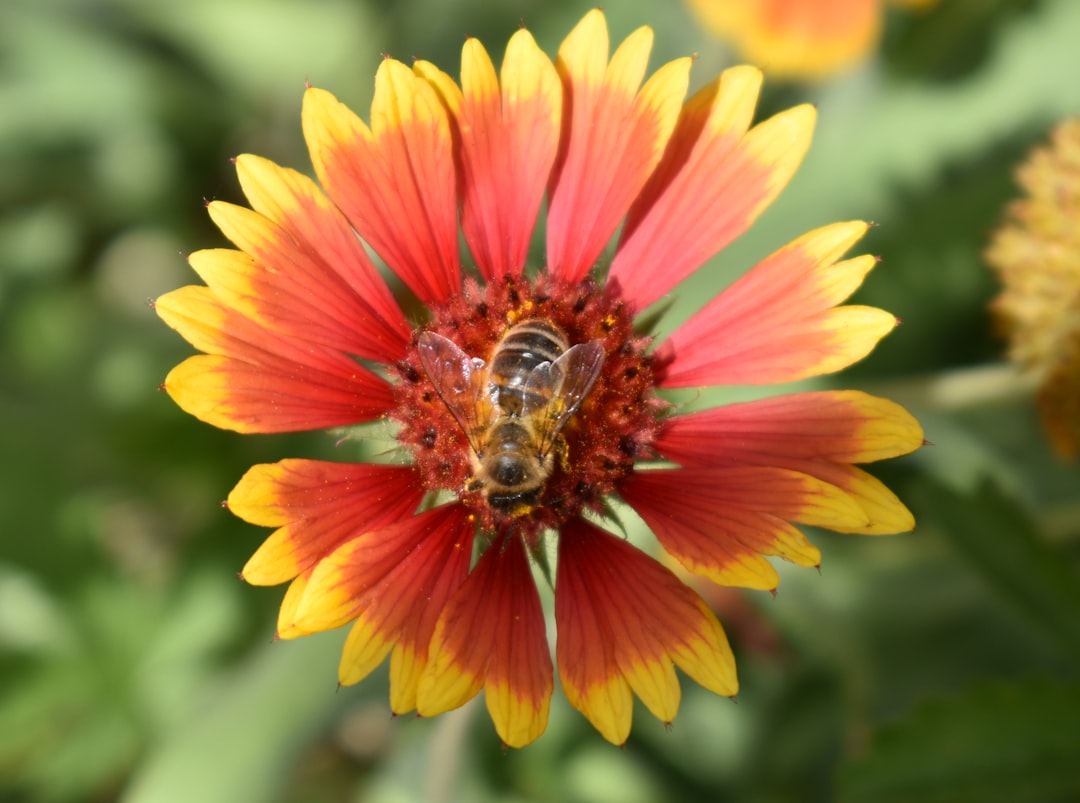Transform Your Garden into a Butterfly Paradise

Butterflies are not only beautiful creatures but also important pollinators. Creating a garden that attracts them can add a touch of magic and ecological value to your outdoor space. In this article, we will explore how to attract butterflies with the right plants, water sources, and shelter.
Selecting the Right Plants
The first step in attracting butterflies is to choose the right plants. Butterflies are attracted to nectar-rich flowers, which serve as their primary food source. Some popular nectar plants for butterflies include:
- Butterfly Bush (Buddleja davidii): As the name suggests, this plant is a magnet for butterflies. It produces long, cone-shaped clusters of fragrant flowers in various colors, such as purple, pink, and white.
- Coneflowers (Echinacea): These native wildflowers have large, daisy-like blooms with prominent centers. They come in a range of colors, including purple, pink, and white, and are highly attractive to butterflies.
- Lavender (Lavandula): Known for its fragrant purple flowers, lavender is not only a favorite of humans but also of butterflies. It prefers well-drained soil and full sun.
- Milkweed (Asclepias): Milkweed is essential for monarch butterflies, as it is the only plant on which they lay their eggs. It also provides nectar for adult butterflies. There are several species of milkweed to choose from, such as common milkweed (Asclepias syriaca) and swamp milkweed (Asclepias incarnata).
- Zinnias (Zinnia elegans): These colorful annual flowers come in a wide range of shapes and sizes. They are easy to grow and are a great source of nectar for butterflies.
In addition to nectar plants, it's also important to include host plants in your garden. Host plants are the plants on which butterflies lay their eggs, and they provide food for the caterpillars. For example, monarch butterflies lay their eggs on milkweed, while swallowtail butterflies prefer plants in the parsley family, such as dill, fennel, and parsley.
Providing Water Sources
Butterflies need water to survive, especially on hot days. You can provide water for butterflies by creating a shallow water source, such as a birdbath or a saucer filled with water and pebbles. The pebbles provide a landing place for the butterflies, allowing them to safely access the water. You can also add a few drops of honey or fruit juice to the water to make it more attractive to butterflies.
Creating Shelter
Butterflies need shelter from the wind, rain, and predators. You can provide shelter for butterflies by creating a butterfly house or by planting shrubs and trees. A butterfly house is a small, enclosed structure that provides a safe place for butterflies to rest and hibernate. You can purchase a pre-made butterfly house or build one yourself using materials such as wood, bamboo, or cardboard. Shrubs and trees also provide shelter for butterflies, as well as a place for them to lay their eggs and find food.
Maintaining Your Butterfly Garden
Once you've created your butterfly garden, it's important to maintain it properly. Here are some tips for maintaining your butterfly garden:
- Water regularly: Make sure to water your plants regularly, especially during dry spells. Butterflies need moist soil to survive.
- Prune your plants: Prune your plants regularly to keep them healthy and looking their best. This will also help to encourage new growth and more flowers.
- Control pests: Use natural pest control methods to keep pests away from your plants. Avoid using pesticides, as they can be harmful to butterflies and other beneficial insects.
- Clean your water source: Clean your water source regularly to prevent the growth of algae and bacteria. This will help to keep the water clean and safe for butterflies.
In conclusion, creating a butterfly garden is a rewarding and enjoyable experience. By selecting the right plants, providing water sources, creating shelter, and maintaining your garden properly, you can attract a variety of butterflies to your outdoor space. Not only will you be able to enjoy the beauty of these amazing creatures, but you'll also be doing your part to support the environment.